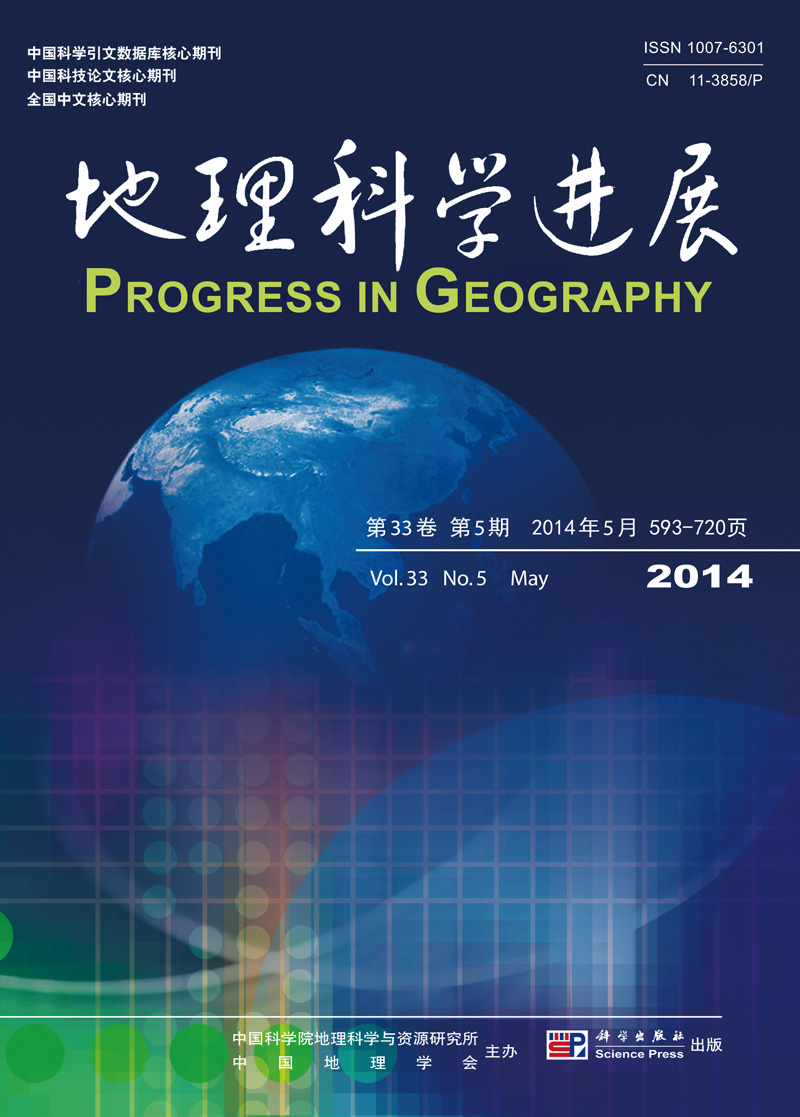Urban and Regional Development
DING Yue, CAI Jianming, REN Zhoupeng, YANG Zhengshan
Construction of National-level Economic and Technological Development Zones (NETDZs) is one of the most effective governmental policy measures in implementing the nation's regional development strategy and promoting economic development in China. In over 30 years with the widespread establishment of NETDZs in all areas of China, their spatial disparities have increasingly expanded due to various driving mechanism. Understanding and exploring these spatial disparities by Economic Growth Rate (EGR) and their key determinants behind will have a significant importance to understanding the development patterns of ETDZs, making locallytailored strategies and identifying highly efficient development approaches. This paper therefore uses the coefficient of variation and the geographical detector tool to analyze systematically the spatial disparities of NETDZs in China by their EGR in 2010. The result shows that: (1) Overall, EGR of NETDZs in China shows a large difference between eastern, central and western parts of the country with a U-shaped curve, that is, lowest growth rate in central China; (2) Within each region, the spatial disparity of EGR of NETDZs has different characteristics- such disparity is highest in western China followed by eastern China, and is lowest in central China; (3) The national scale factor detection shows that decision forces of the potential determinants vary only slightly. However, significant difference is detected in the analysis for individual regions, which means that the key determinants for the spatial disparities of EGR in NETDZs in the three regions are quite different; (4) Among the 5 key determinants, internal determinants from inside the NETDZs are more dominated in central China and western China while external determinants from host city and regional context are more dominated in eastern China: changes in labor cost, the volume of foreign trade, preferential policy in NETDZs, spatial accessibility of the host city, and industrial support from the host city are the top 5 determinants in the central area of China. Preferential policy change, industrial support from the host city, change in the volume of foreign trade, relative economies scale of NETDZ, and investment level of host city are the top 5 determinants in the western part of China. For NETDZs in eastern China, the top 5 determinants are changes in preferential policy and labor cost, the level of total investment, economic development, and economic growth rate of the host city. (5) The pattern of spatial disparities of EGRs and determinants in NETDZs in three regions in China reflects, to a certain extent, the evolution stage in the life circle of ETDZs development. Based on this, we recommend that in the near future, the development of NETDZs in central China and western China should focus on improving their internal factors such as lowering labor cost, increasing volume of foreign trade and applying more effective preferential policies, while in the long run, external factors, such as spatial accessibility of the host city and industrial support from the host city, will become increasingly important to NETDZ development, meaning that the development of NETDZs will be eventually more dependent on how well they can be integrated into the host city and to a large extent, the urban region.
